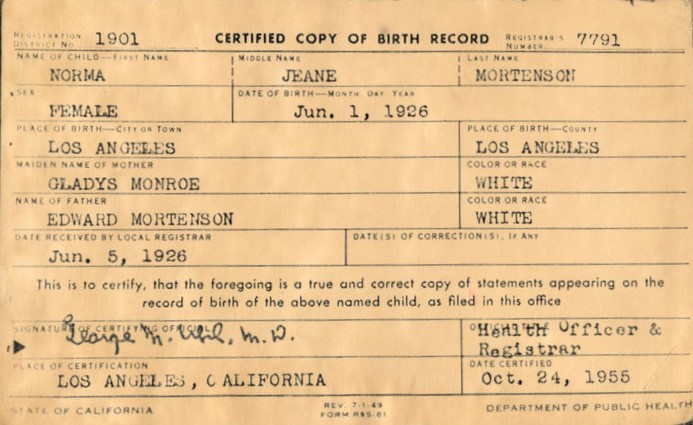
A small seemingly insignificant story that passed down the family to me was of my second great grandfather who well into late life would set off early of a morning to walk about 6 miles cross country to see his family on the other side of the high hills, and how, if he was lucky, he arrived in time for lunch. He would stay an hour or two and again if lucky would make it home in time for supper and bed! Our interpretation of distances is often governed by our access to transport, rather than by miles or kilometers. I don’t suppose it was much different for our ancestors. Only the methods and speed of transport has changed.
The trip made by my ancestor takes about 15 minutes by car, less if you get a “clear run.” Over time changes occurred to both the Infrastructure and landscape where our ancestors lived, sometimes this happened slowly and was relatively subtle, perhaps a new house or two was built, or older properties fell into disuse and were then demolished.
Other equally subtle changes could have a much bigger effect on our ancestors’ lives. As new roads and bridges were built our ancestors may have been able to travel easily to a village, town or even church that would previously been many hours walk away. This is where the value of spending some time looking carefully at both historic and topographical maps can be extremely helpful when trying to find not just where our ancestors lived, but the places they may have worshiped, worked, gained an education, and even met potential spouses. When we add in even a rough interpretation of potential travelling speeds and a guess at our ancestor’s possible travelling companions, and study the options for routes on an historical map of the correct time period along with the topographical details, of hills and valleys we begin to have an understanding of what was practical. We can extrapolate that a man walks about 3 to 4 miles per hour, but what if he is accompanied by his wife and half-a-dozen small barefoot children? Any parent who has undertaken the school run, on foot, in the wet, with a toddler or two might just tell you that achieving even a few hundred yards can take a really long time! Having access to a pony and trap, a horse, or even a horse and carriage is likely to have increased the range of distance our ancestor could have travelled in a day. However this is more likely to be appropriate travel for a gentleman rather than for a laborer.
Some villages and towns grew to large cities over time, others faded away as changes to farming practices, and industrialization of cottage industries took place. On a grand scale, country and county borders change, so to do more localized boundaries, as urbanized areas expand or are regenerated street names may have been subject to change. Thus it is possible for our ancestor to have a very different address within a few years without moving house or village.
Accessing historic maps has never been easier, many are now available on the internet for free. The best of these sites will even allow you to slide between the various historical editions and revisions of the maps. This means we can now focus in on localized areas at a scale where we can see where and when new roads, bridges, churches and graveyards have been added to the landscape. New methods of transport such as the train are easily visible. We can see where land reclamation has taken place, bogs have been drained, forests have been cleared or planted and track these events over time. Armed with a good set of historical and topographical maps and a local history book or three, may not always seem the most obvious way of researching our genealogy. You can be certain that the likelihood of finding a vital record pertaining to your ancestor is unlikely, but you just might be able to work out where these events may have happened and the places where it is less likely to have been recorded.




